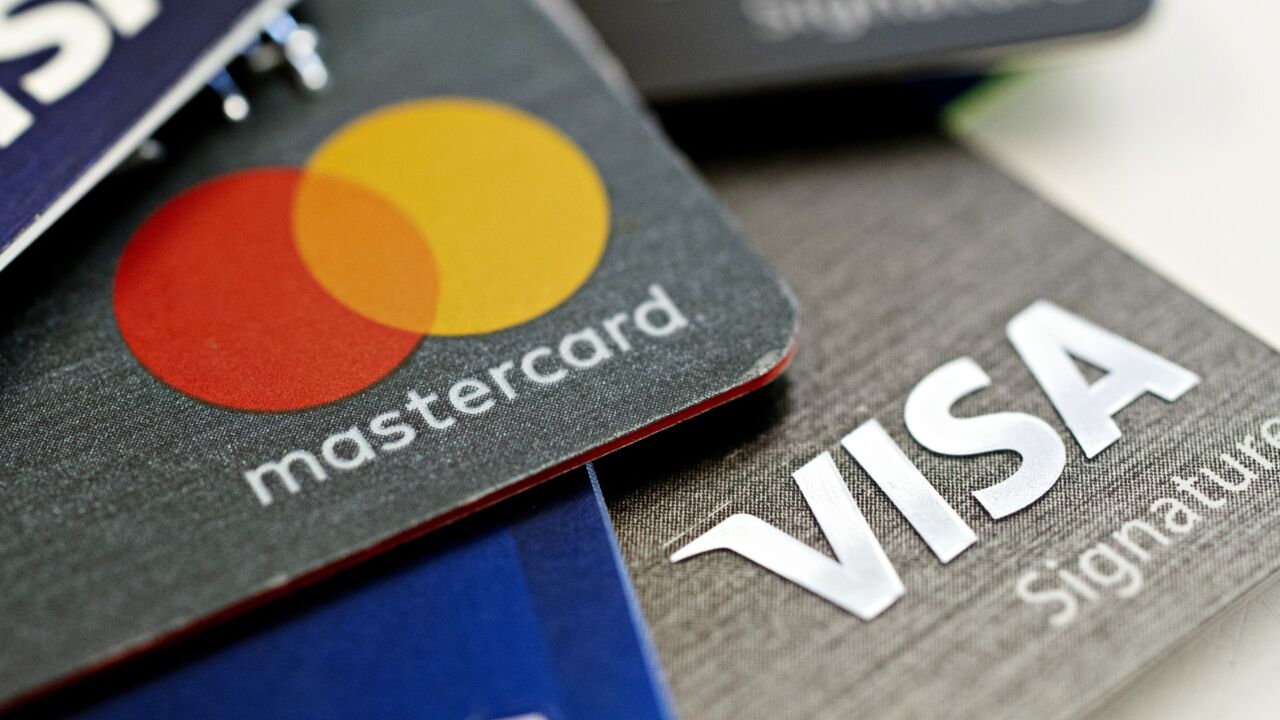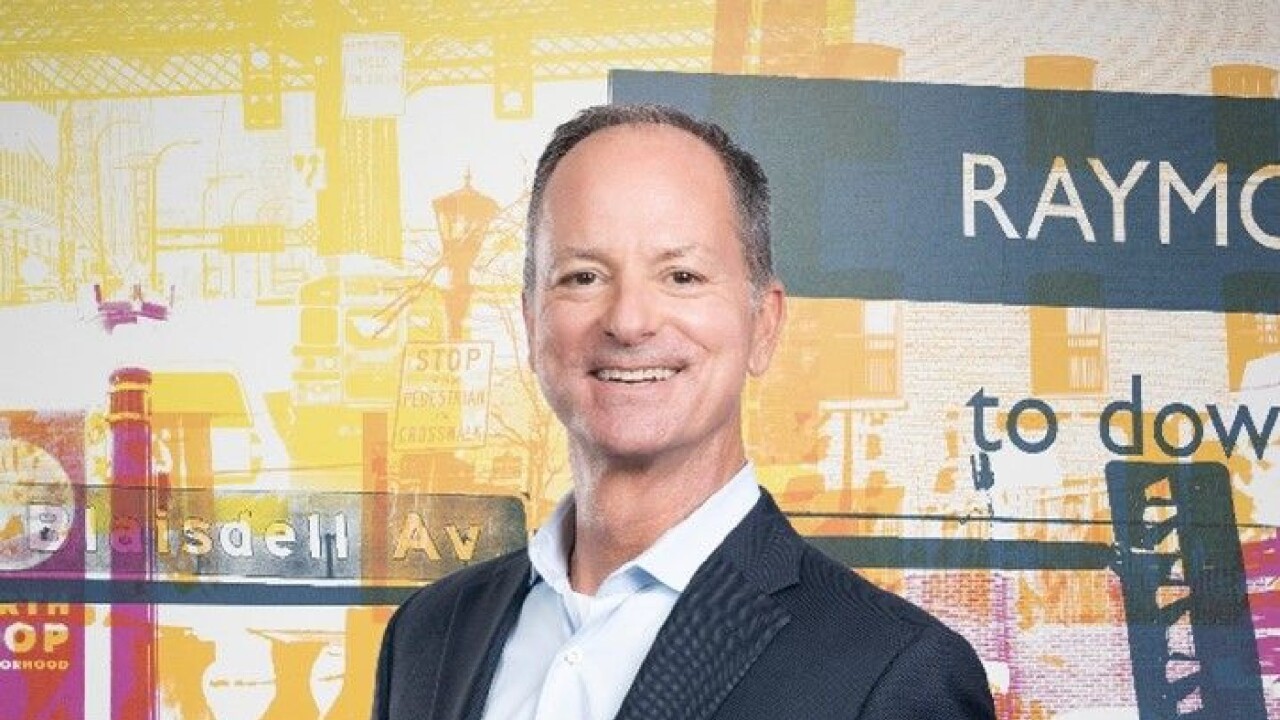Worried about loan volume at a time when consumers are flush with cash, Discover Financial Services has relaxed the credit constraints it placed on consumer card accounts during the pandemic and is pouring money into online and social media marketing to spark borrowing activity.
CEO Roger Hochschild is looking for two things in the second half of the year: signs that consumers are burning through cash and will need credit, and a rebound in business travel. Longer term, he is also keeping an eye on upstart competitors such as buy now/pay later lenders.

Consumers are unlikely to change gears quickly, but Hochschild expects that by this fall some may begin turning to loans again as stimulus payments and unemployment benefits begin to wind down.
“The strong loan repayment rate we’re seeing links back to savings that households built up as well as their overall liquidity from government support, but as that support gets withdrawn we expect to see modest loan growth during the back half of this year,” Hochschild said in an interview Thursday.
Discover, of Riverwoods, Illinois, reported a $1.7 billion profit in the second quarter compared with a $368 million loss a year earlier, aided by a release of loan-loss reserves as delinquencies hit record lows.
Revenues soared 34% to $3.6 billion, helped by a windfall from an equity investment in the card-issuing platform
Still, card receivables were down 2% year over year as payment rates hit a record high.
To promote borrowing and sign up new customers, Discover has removed "nearly all" of the credit-tightening measures it took after the pandemic recession began, Hochschild told analysts during a conference call on quarterly earnings Thursday.
Discover also spent $46 million in the second quarter on a broad digital marketing campaign, driving operating expenses up 13% compared with the same period last year.
“We’re on Instagram and TikTok, which is where a lot of our customers are, given our focus on students in the student loan market,” Hochschild said in the interview.
However, he noted that rivals are making similar moves as economic conditions improve.
"This is returning to more normal, maybe a little heightened, but more normal level of competition," he told the analysts, mentioning
One factor that built up revenue during the quarter was strong travel spending on Discover cards through the spring and summer that topped the same period in 2019. But that momentum is unlikely to last, according to Hochschild.
“I think as people catch up on trips and attend events that were delayed we’re going to see this travel spending remain strong for a while, and obviously we’re not going to see retail sales continue at a 30% growth forever,” he said in the interview.
Business travel has not bounced back in the same way, and international travel through Discover’s Diners Club International payment card arm targeting corporate travelers is still well below 2019 levels, Hochschild said.
“We’re cautiously optimistic that as more countries reopen we’ll see more cross-border travel beginning this fall, but clearly the delta variant of the virus is causing some concern for business travel spending,” he said.
So far the installment lending phenomenon powering growth for buy now/pay later firms like Klarna, Affirm and Afterpay isn’t directly affecting Discover’s slow loan growth, Hochschild said, but the company is keeping close watch on that category.
Earlier this month Discover sank $30 million into the Minneapolis-based BNPL firm Sezzle after establishing a partnership earlier this year. Discover plans to eventually add Sezzle as an option to consumers and expand connections to the more than 34,000 merchants Sezzle has integrated with.
“The installment loan users typically have credit scores below 650, which is below our traditional credit spectrum, but there may be some opportunities for us, which is why we took that action with Sezzle,” Hochschild said.
Discover’s debit volume from Pulse increased 19% year over year, rising 33% from 2019 levels as consumers leaned heavily on debit during the pandemic period, Hochschild said told analysts.
Diners Club sales volume rose 41% over a year ago, but remained below 2019 levels, he said.
Student loans grew 4% over last year, while Discover’s personal loans were down 6% due to credit tightening and high repayment rates, the company said.
Noninterest income was up $123 million, or 29% over the previous year, with net discount and interchange revenue increased $102 million, or 43%, during the quarter, Discover said.





